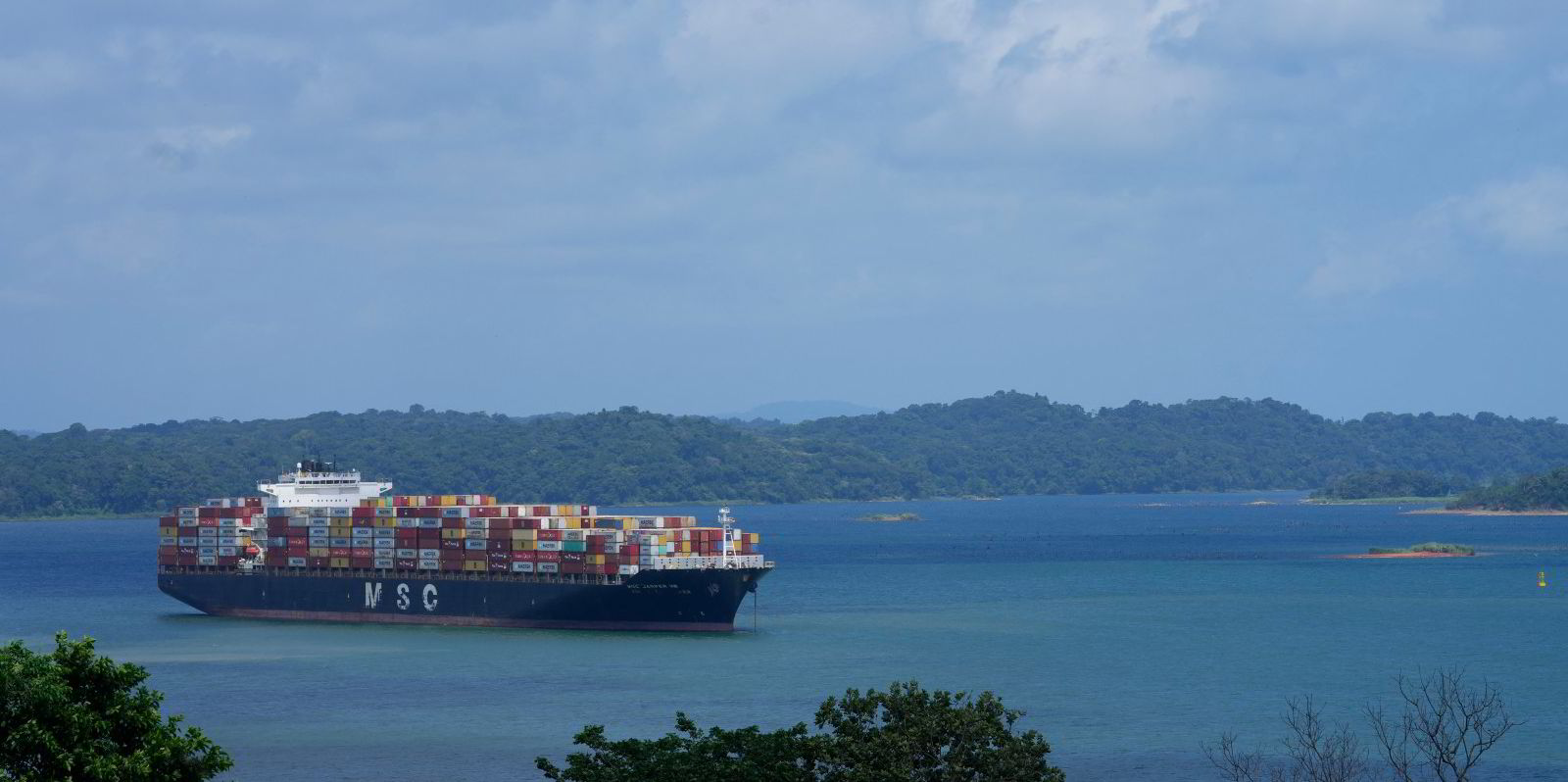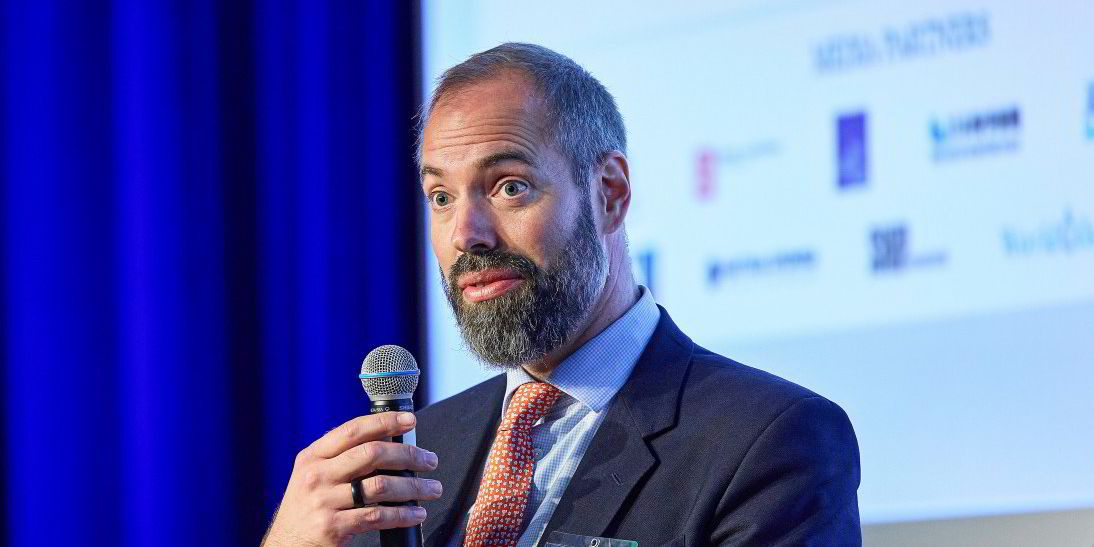Ships have waited as long as three weeks to cross the waterway because the Panama Canal Authority (ACP) has restricted crossings to 32 transits per day and draughts to 13.41 metres in order to conserve water at Lake Gatun.
The ACP, which plans to keep these limits in place for several months, has also curtailed the number of special auctions and extraordinary auctions per day for ships vying for booking slots to cross the canal.
These ongoing restrictions at the canal could disrupt restocking in the US and Europe as wholesale inventories dwindle and the Christmas shopping season approaches, causing missed sales opportunities for retailers, Container xChange said.
US imports account for 73% of goods that transit the canal and are valued at $270bn per year, according to Container xChange.
“With inventories falling and demand expected to rebound, the Panama Canal, which carries 40% of container traffic from Asia to Europe, is likely to experience increased pressure,” chief executive Christian Roeloffs said.
“With the Panama Canal Authority implementing water conservation measures in response to a drought, vessels are experiencing prolonged wait times and capacity limitations, resulting in a ripple effect across the shipping sector.”
On Tuesday, Leth Agencies said there were 134 ships in the queue to enter the Panama Canal, with wait times as long as 14 days on the canal’s smaller locks.
Shippers should expect the canal delays to persist for a long time and cause worse supply-chain disruption than the pandemic did because of the crucial role the passage plays in international shipping, AlixPartners said.
“In an age of persistent disruption, the next ‘black swan’ event may be lurking in Central America,” the US-based financial advisory firm said.
Shippers should always be ready for supply-chain disruption by prioritising shipments, evaluating flexibility to absorb delays, exploring alternative routes and expecting higher shipping rates, Alix said.
“Supply chain resiliency is key in planning your strategy,” the firm said.
“Now, it’s drought-induced Panama Canal delays. And there will always be something next around the corner.”
Read more
- Midsize bulkers propelled by South American grain exports, analysts say
- Panama Canal delays are ‘a good thing’ for Navigator Holdings
- Australian LNG worker strikes could have ‘unprecedented’ effect, Flex says
- Green Seas: Climate change threatens more woes ahead for gummed-up Panama Canal
- Wallenius Wilhelmsen books strong second quarter on trade growth and port delays





